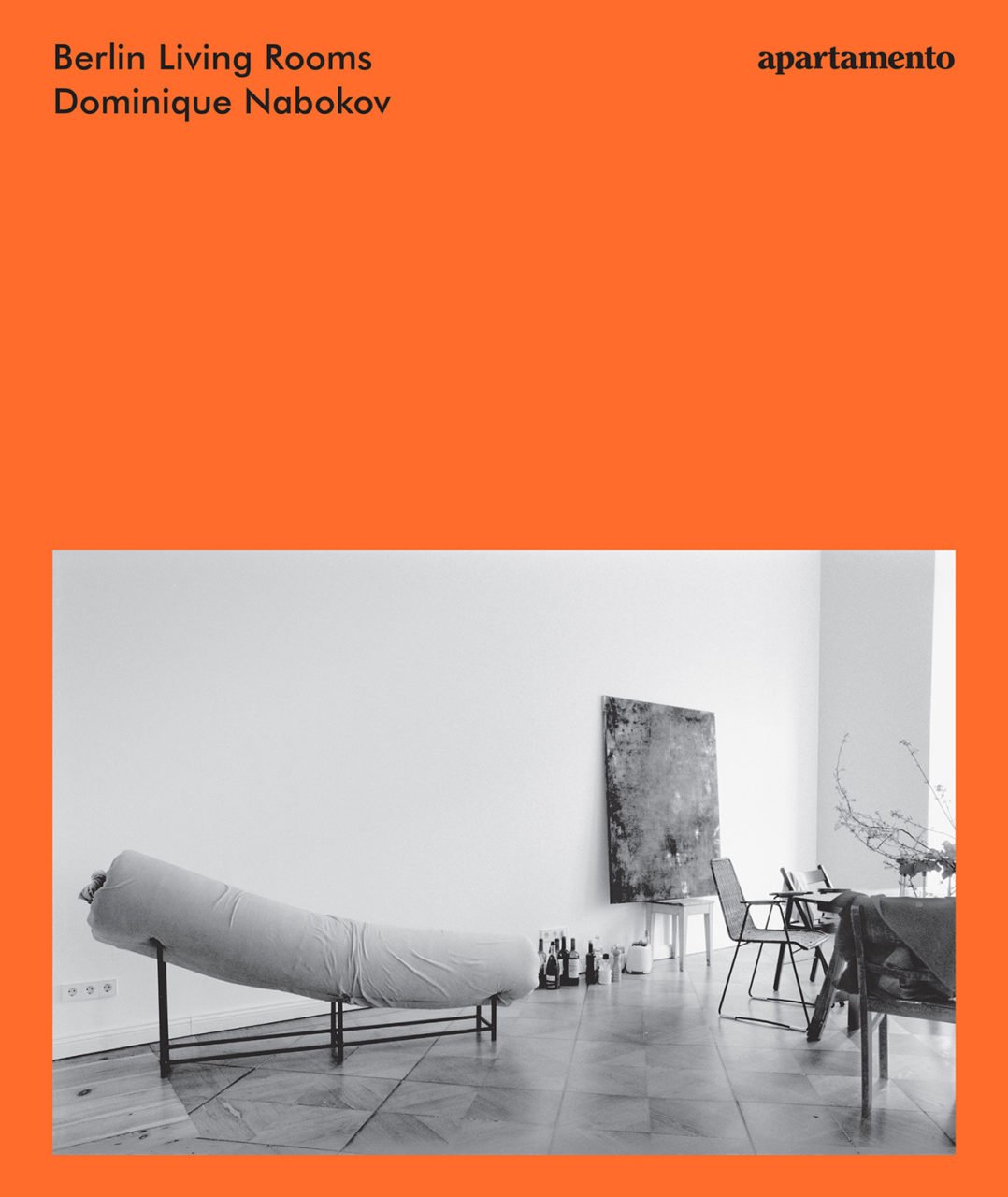
Paris: I had not foreseen the fact that Dominique Nabokov might have taken a trip to Cuba with my housemate’s father back in the ‘90s, but then I shrugged: he’s an Italian writer living in Paris and Dominique, after all, seems to know everybody within a certain international cultural milieu. Her late husband, Nicolas, was Vladimir Nabokov’s first cousin; he was also good mates with the philosopher Isaiah Berlin, the composer Igor Stravinsky, the poet WH Auden, and so on and so forth. In 2013 she published a collection of photos of staff and contributors at the New York Review of Books, taken between 1980 and 2009: Joseph Brodsky in a fur hat looking pensive on a New York street, Milan Kundera debating Philip Roth, drinks in hand.
Dominique began her career in fashion photography before shifting her focus to editorial, portrait, and travel work. Then in 1995 came a commission from the New Yorker to shoot a photo essay of local living rooms. And thus began a project that has evolved for more than 20 years to become a sort of holy trinity of interior photography books, capturing the living rooms of a cultural elite in New York, Paris, and now Berlin. Shot from two sides of the living room, nothing added, nothing altered, she calls these pictures her interior ‘portraits’. Some spaces are indulgent and ostentatious, others shelter the bare necessities—though Dominique herself seems uninterested in passing judgement on the way people carve out their living space. Her photos are a beautifully executed what-you-see-is-what-you-get-type story, told with a frankness and kindness that’s equally evident in their author.
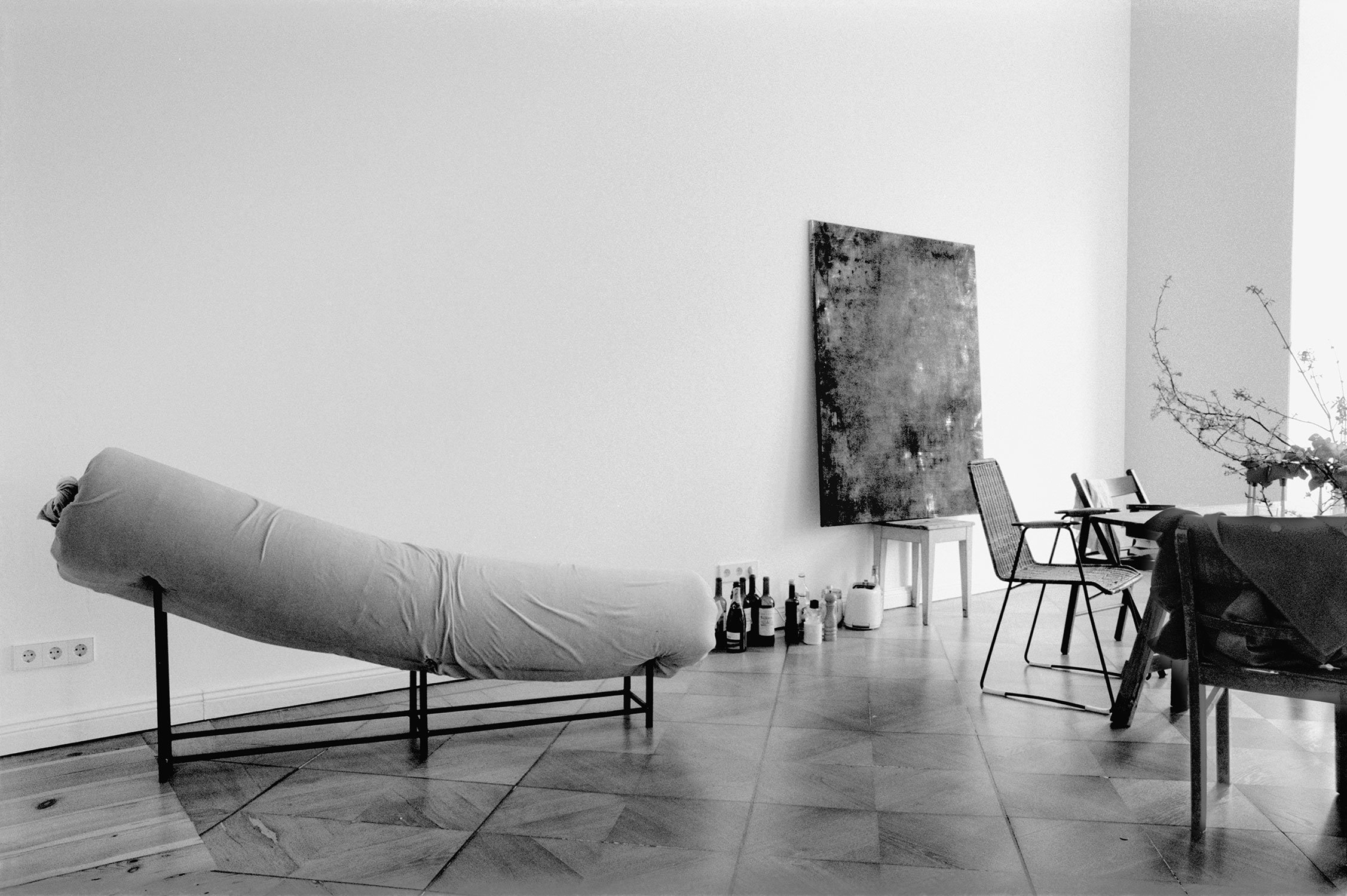

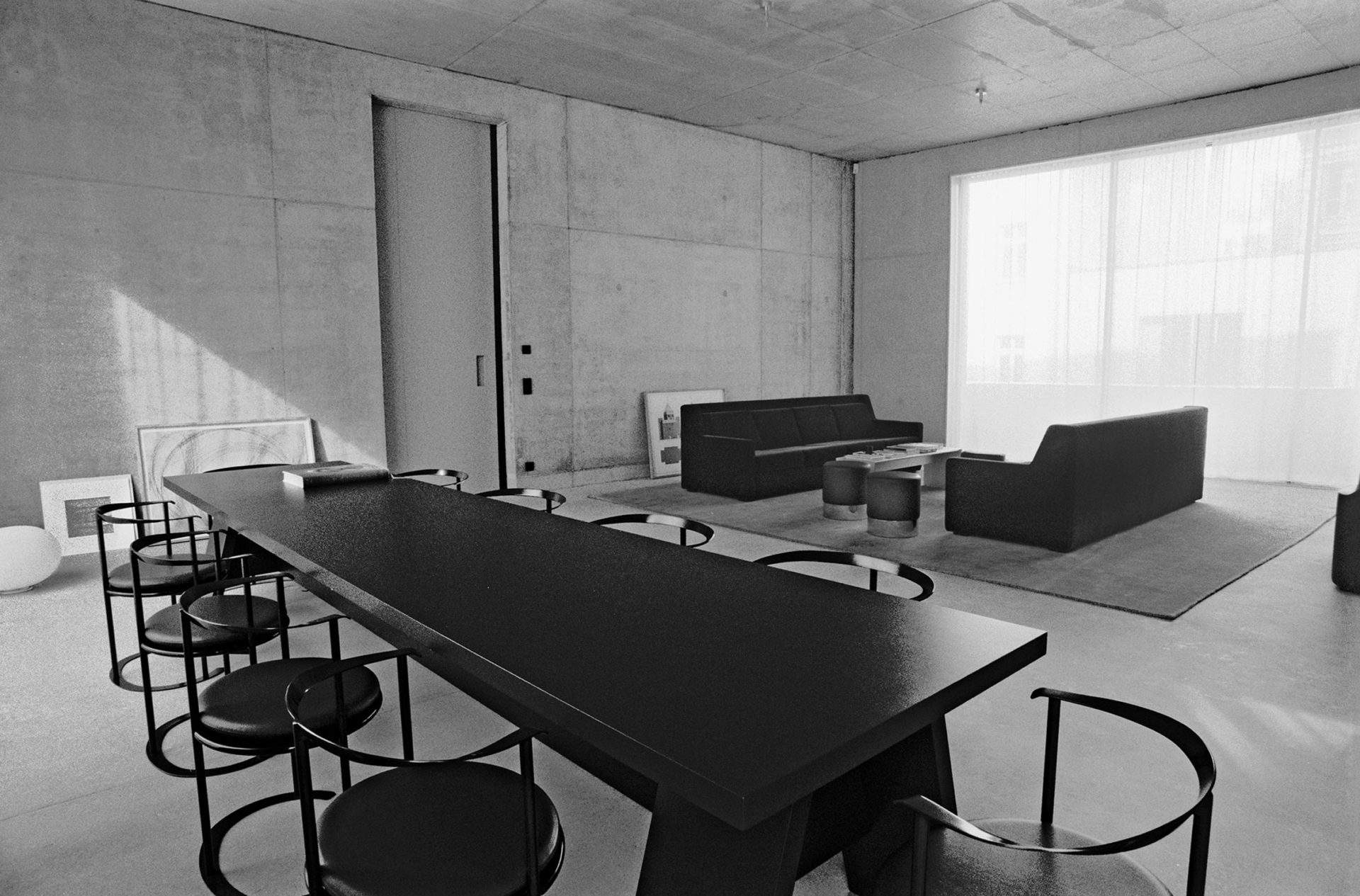
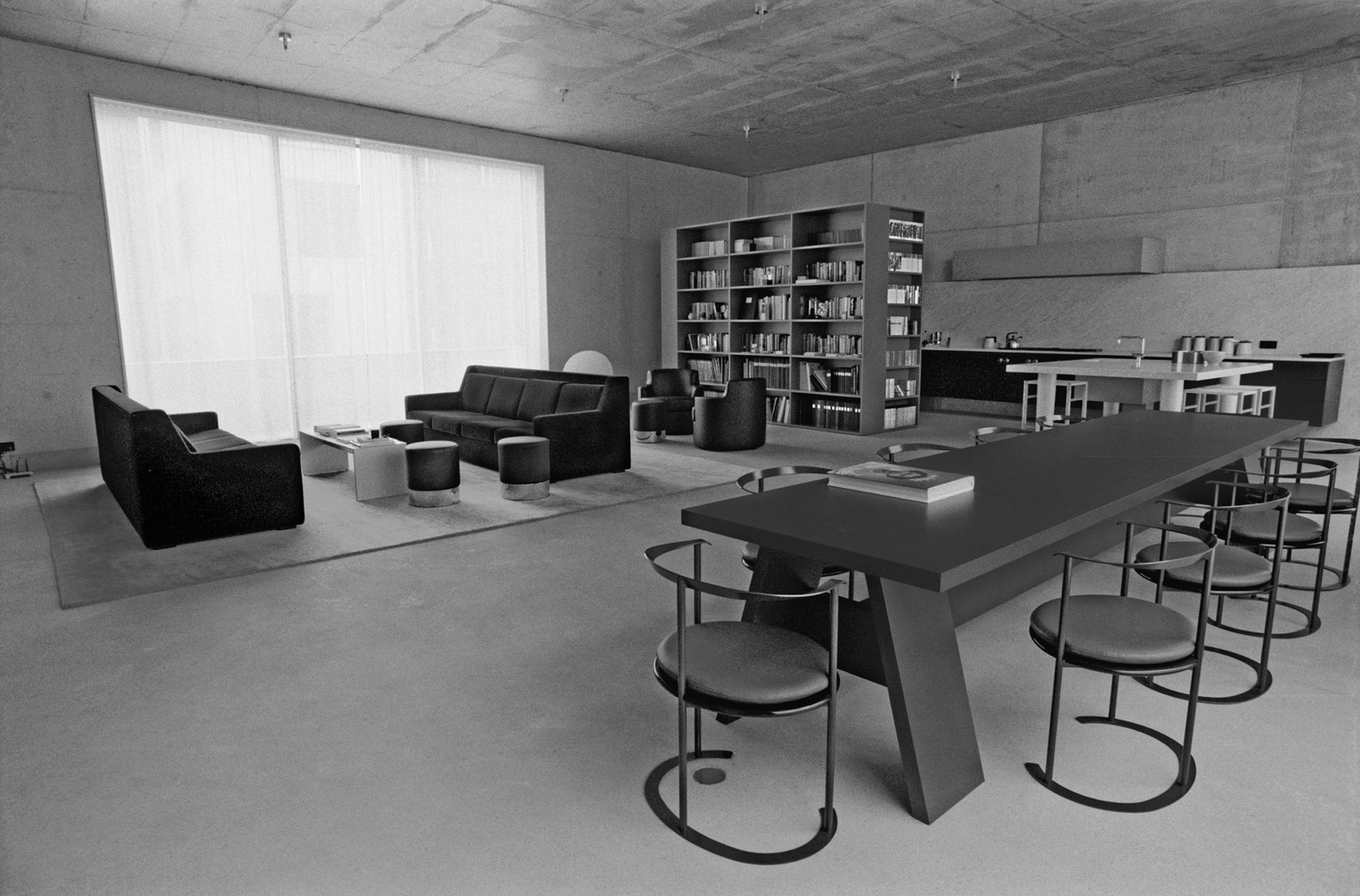
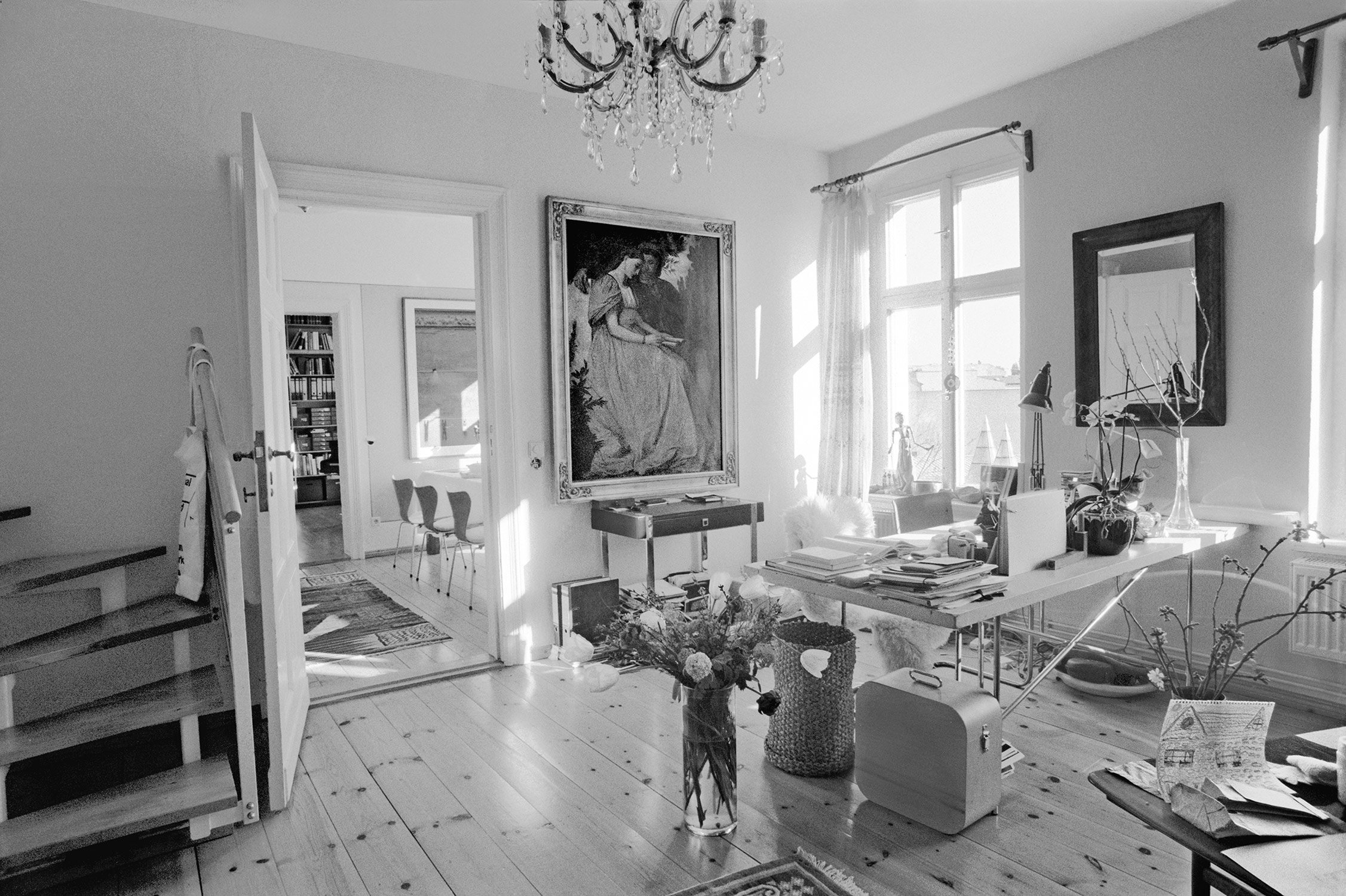
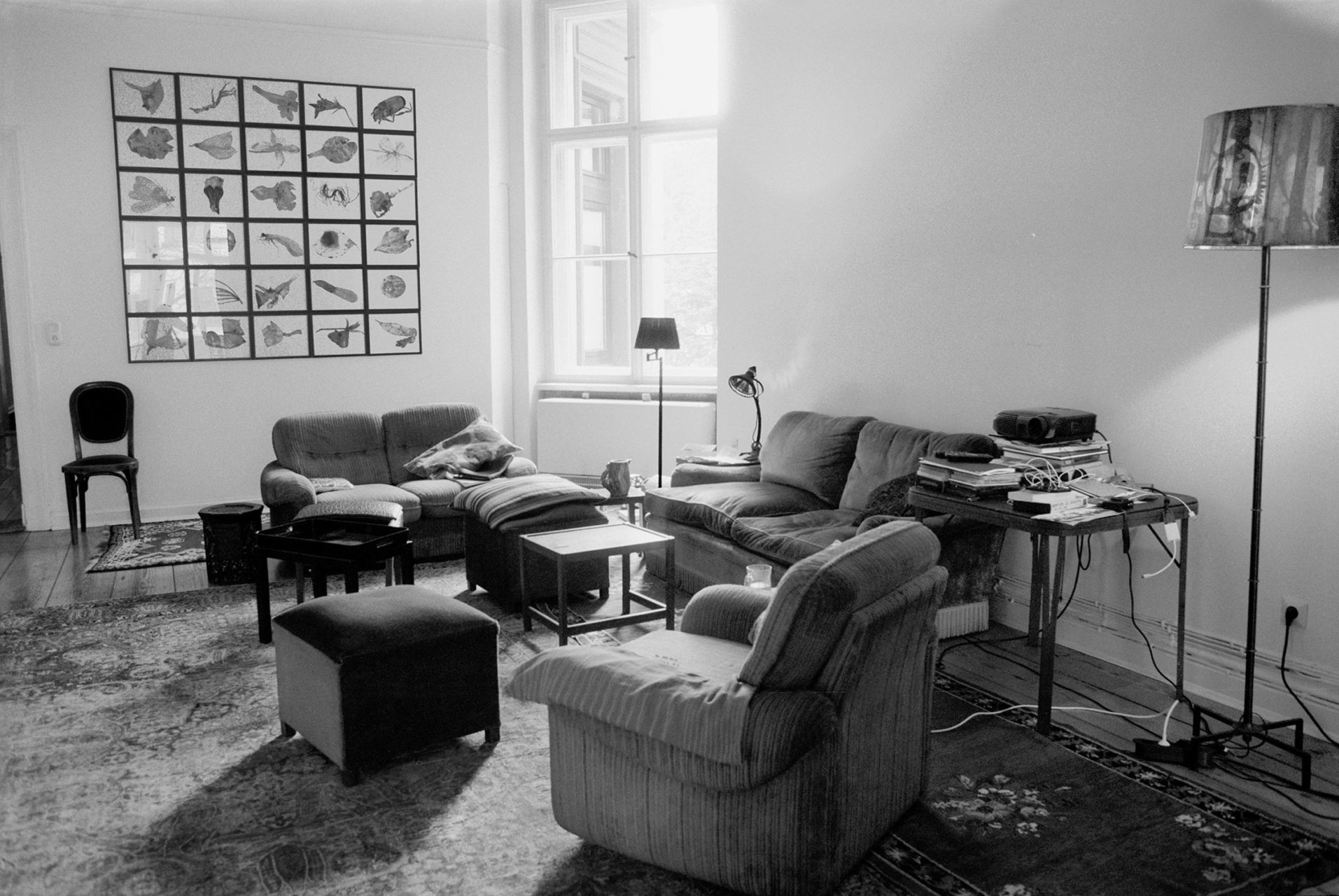
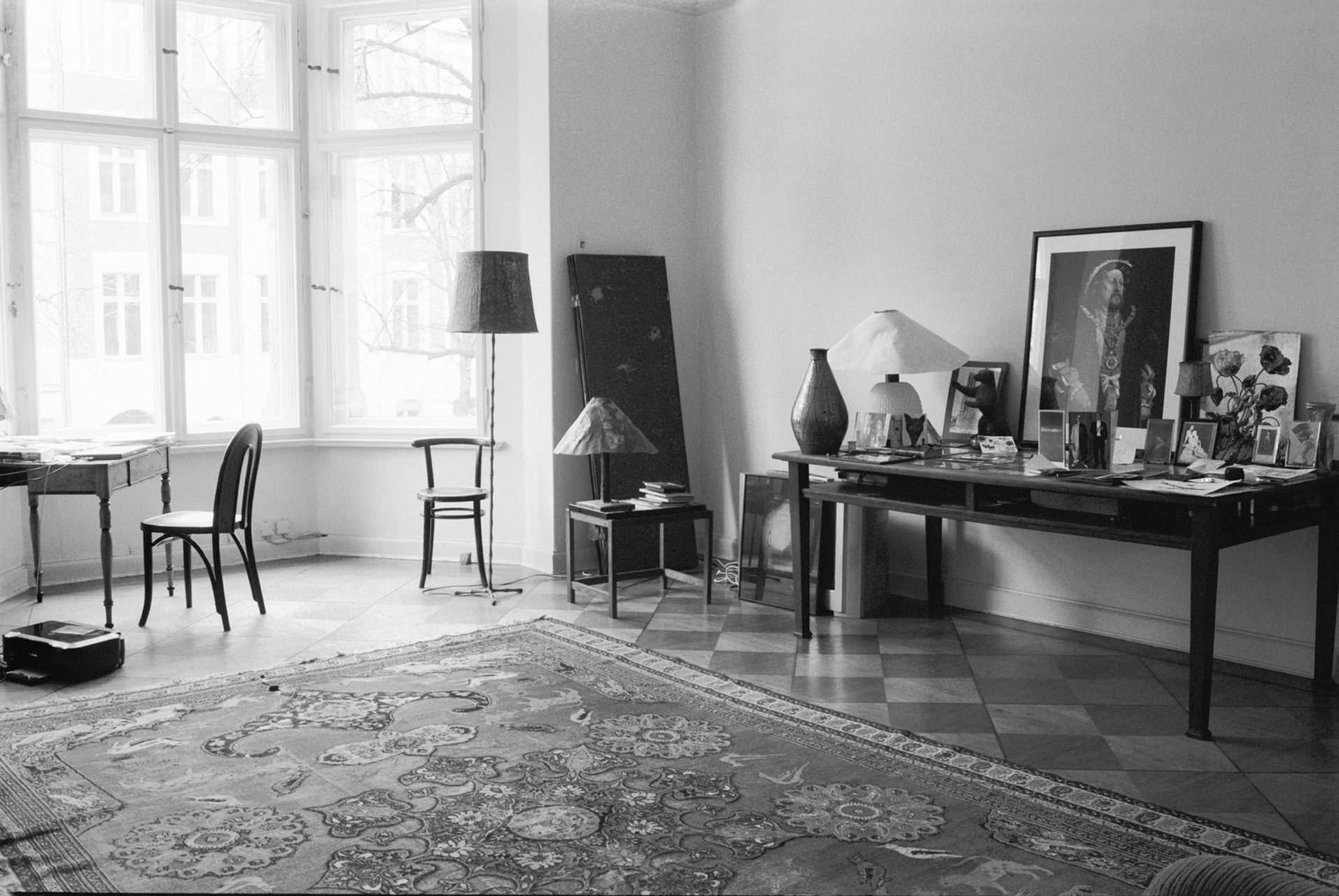
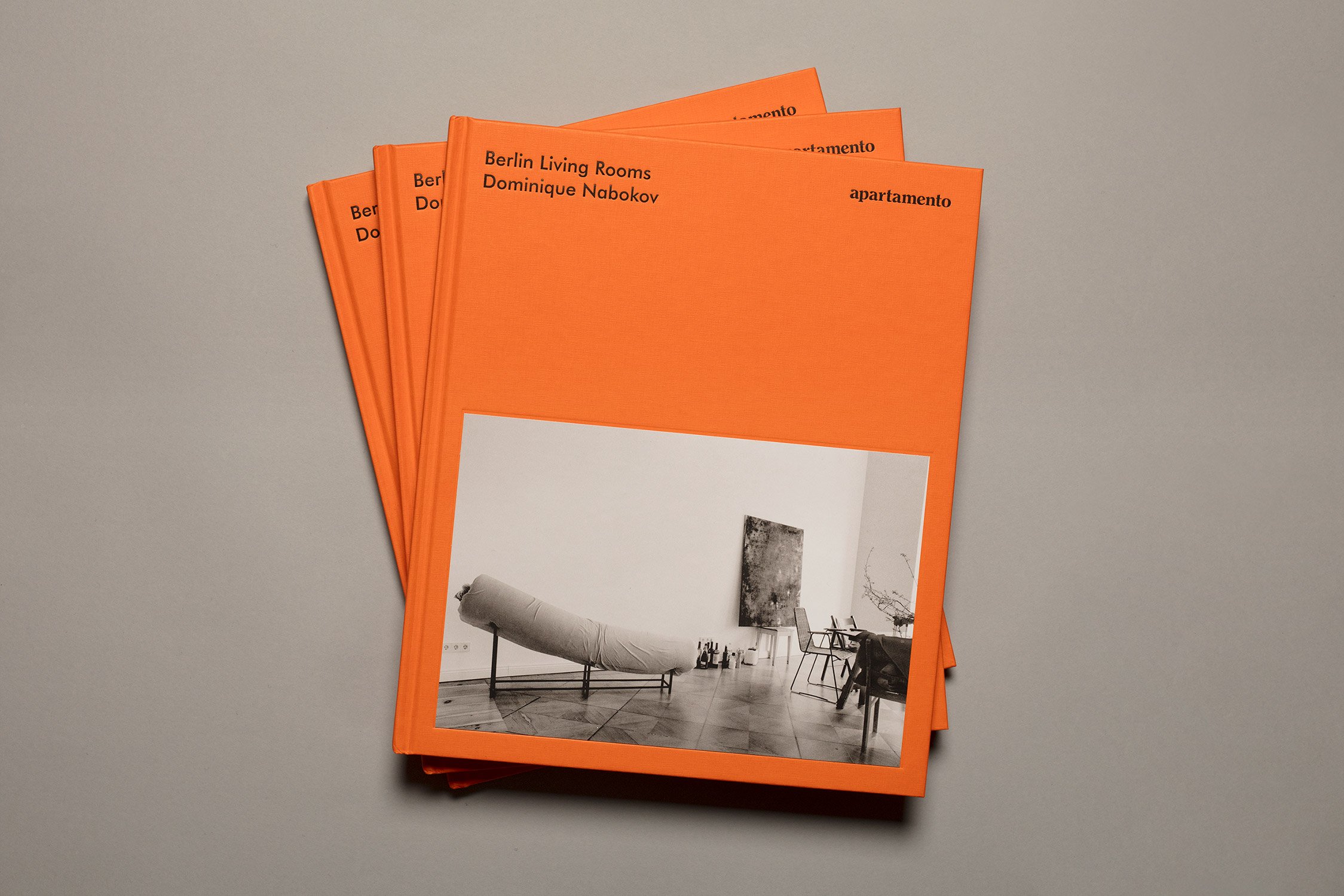
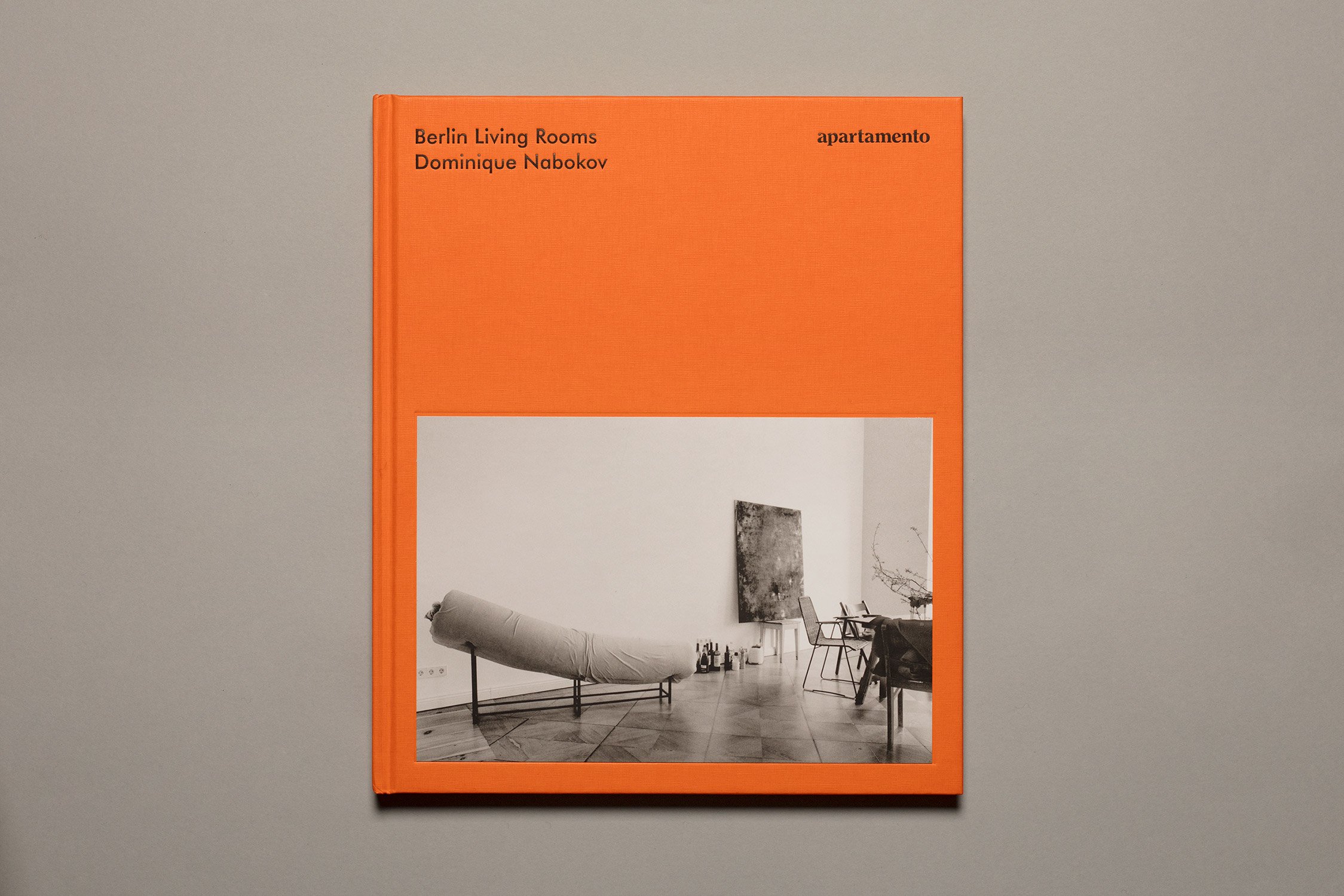
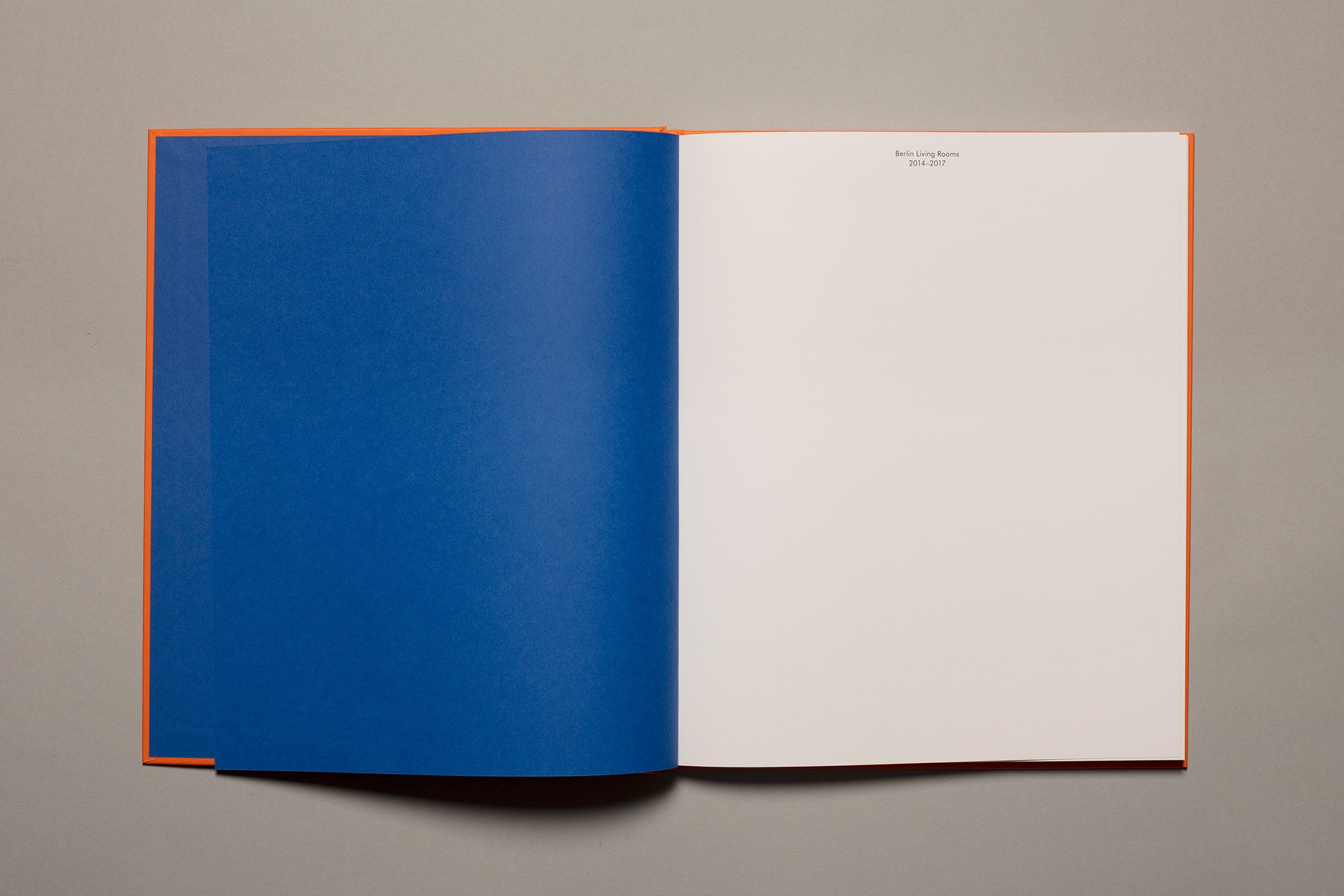
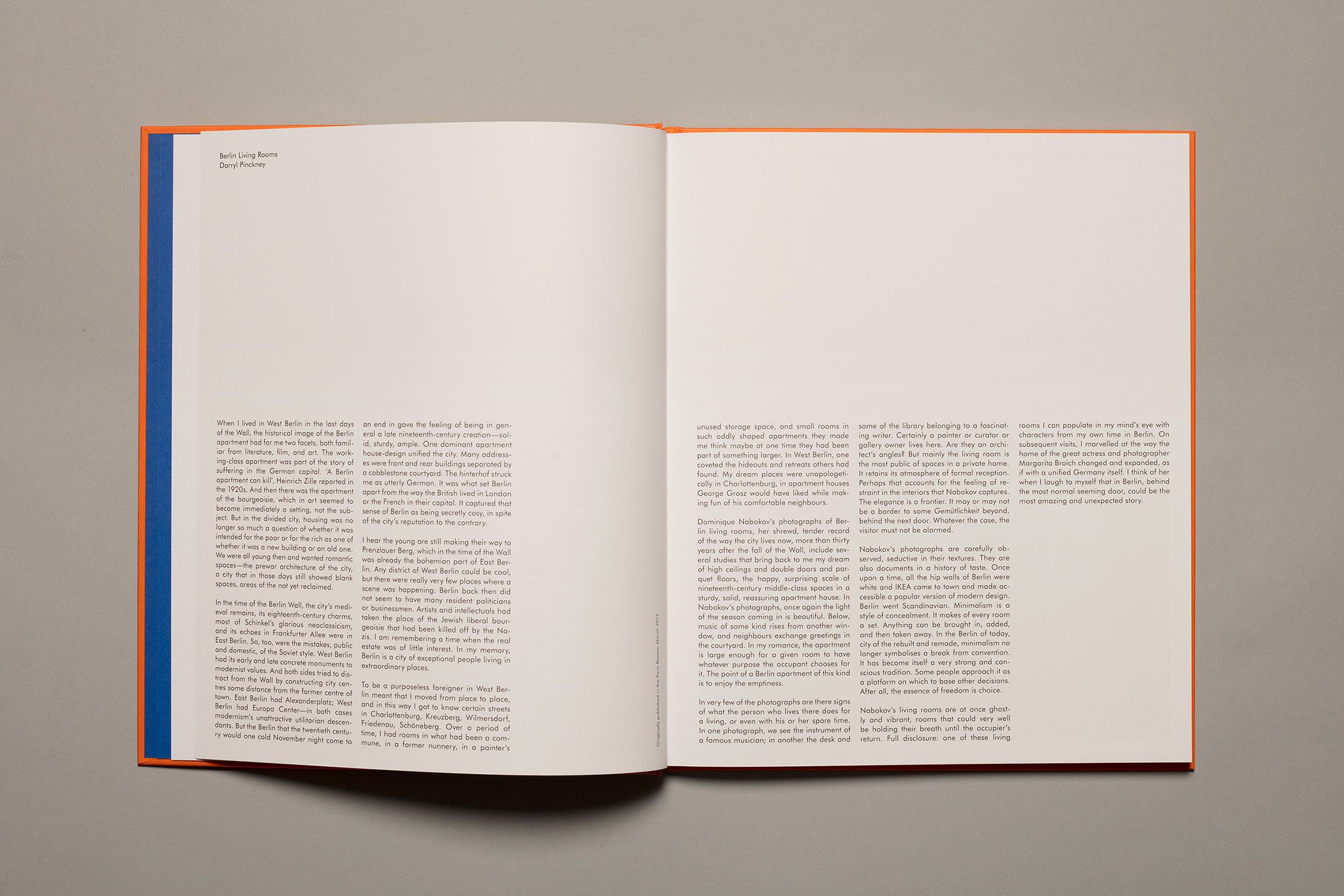
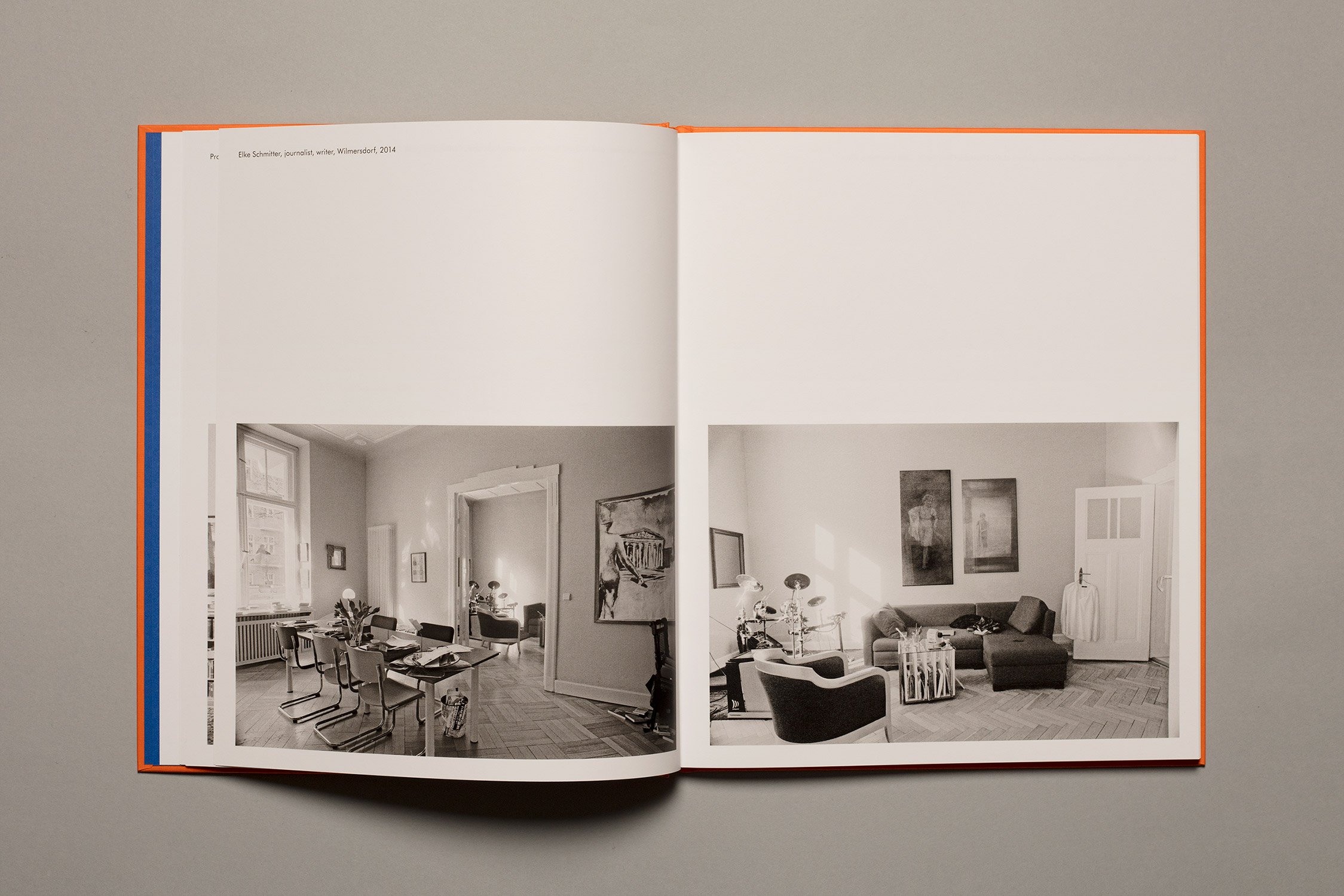
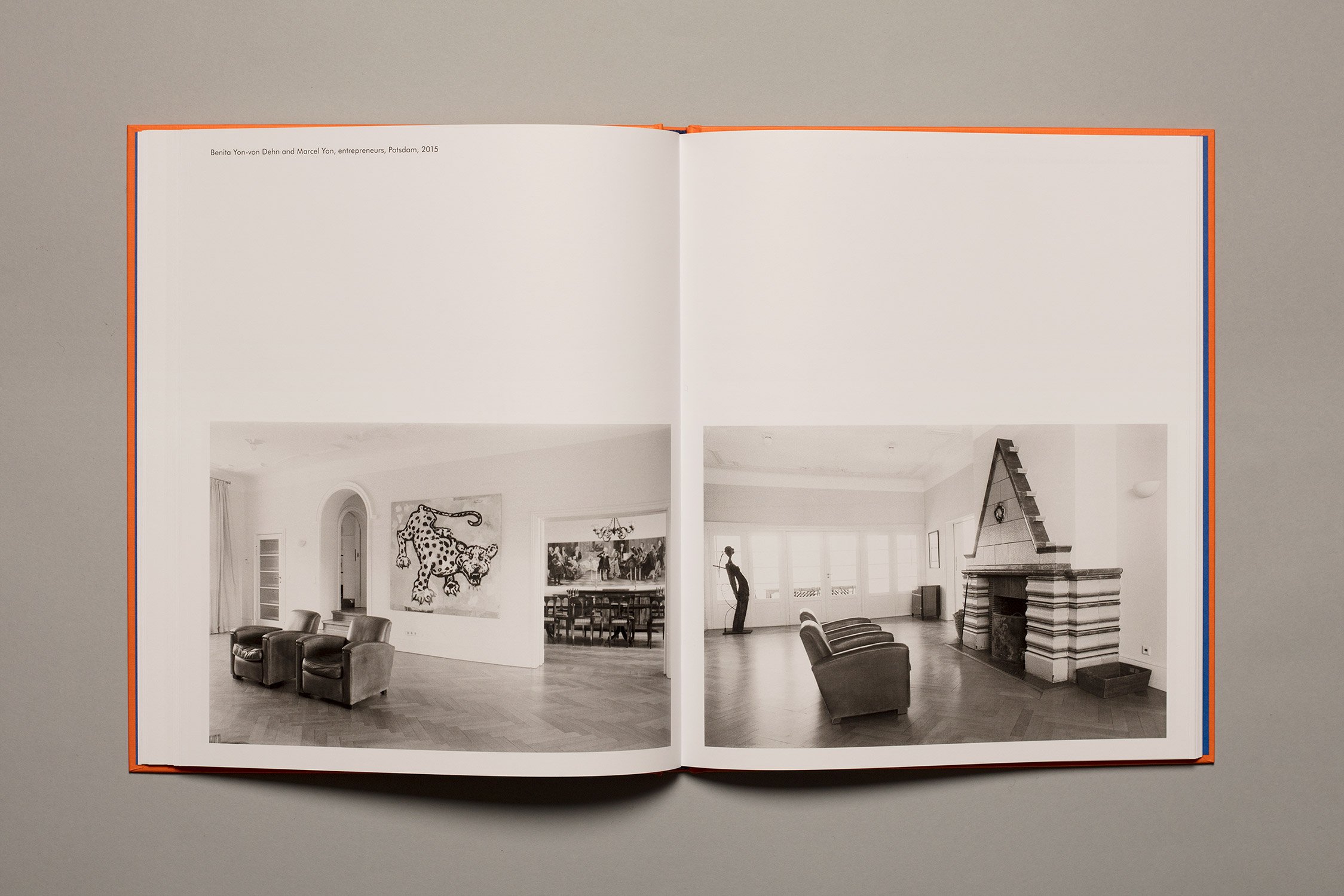
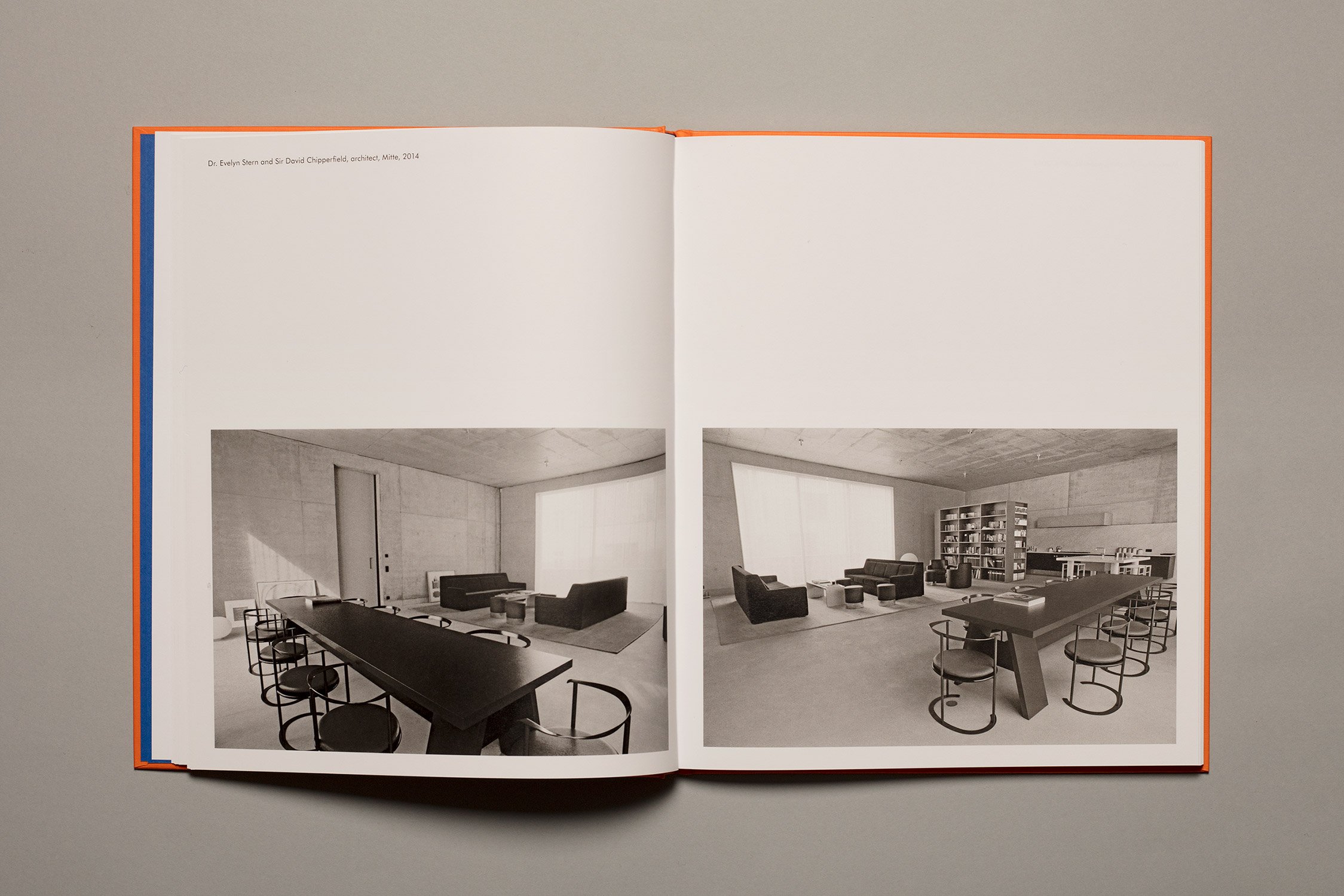

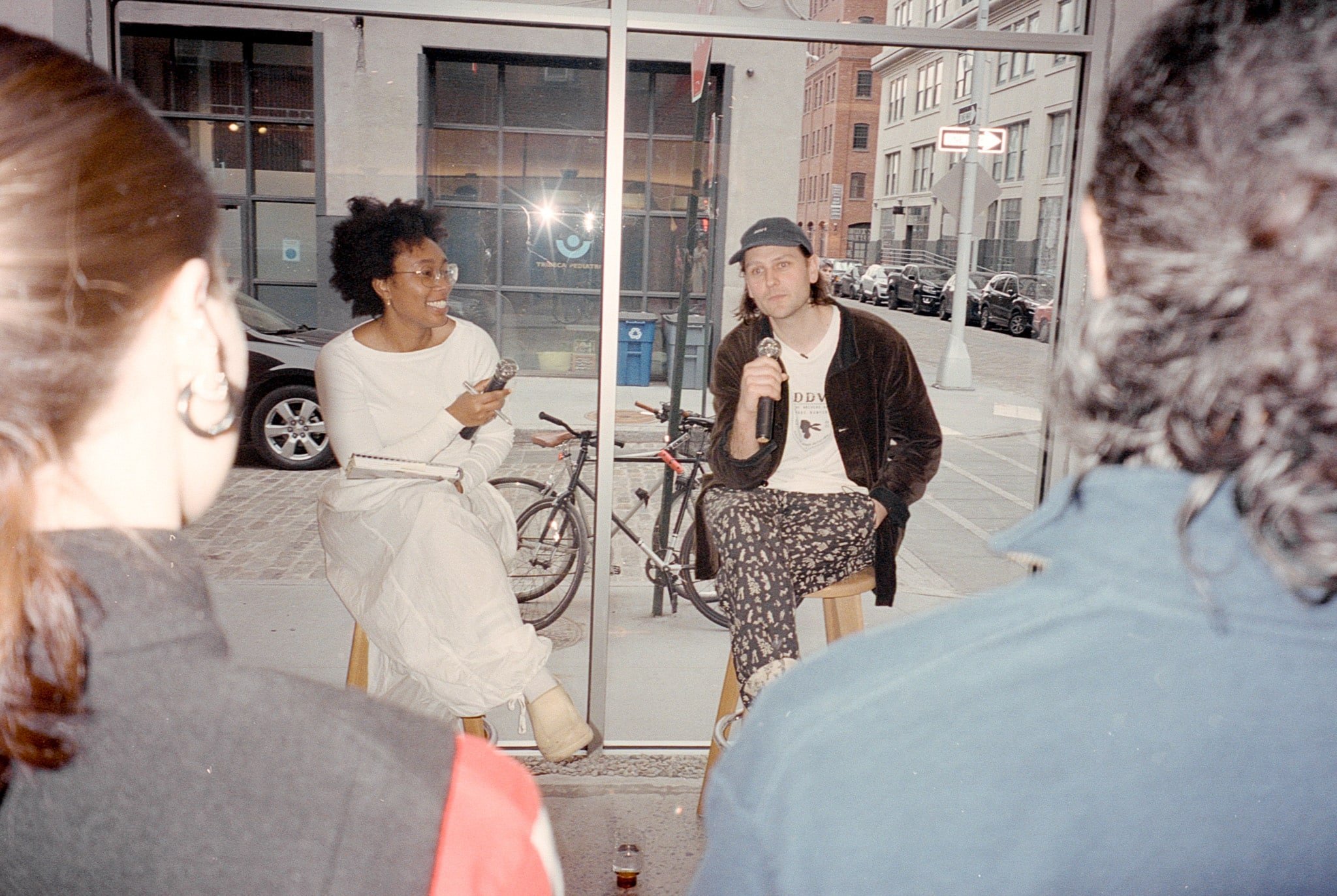
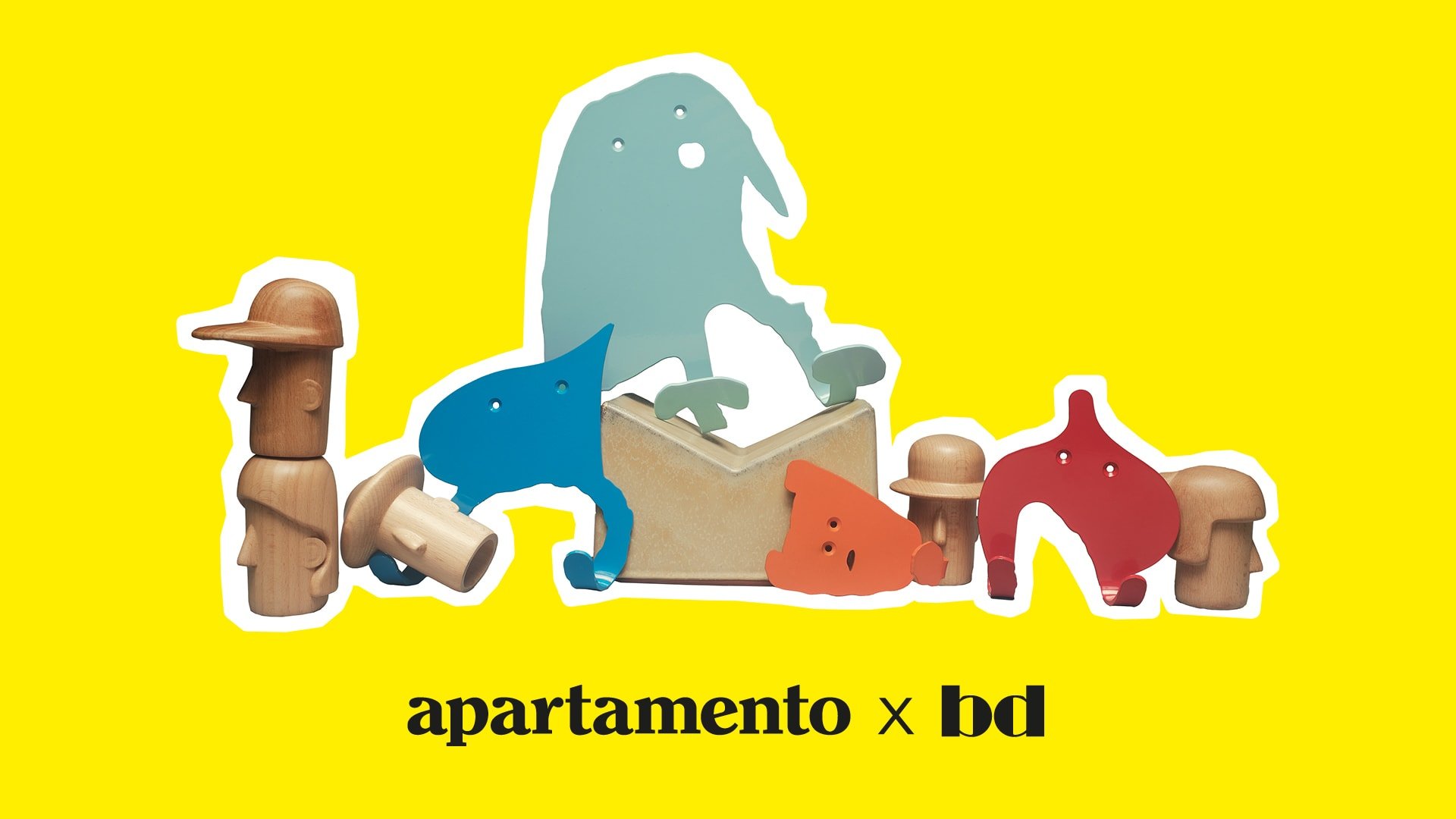
 close
close












